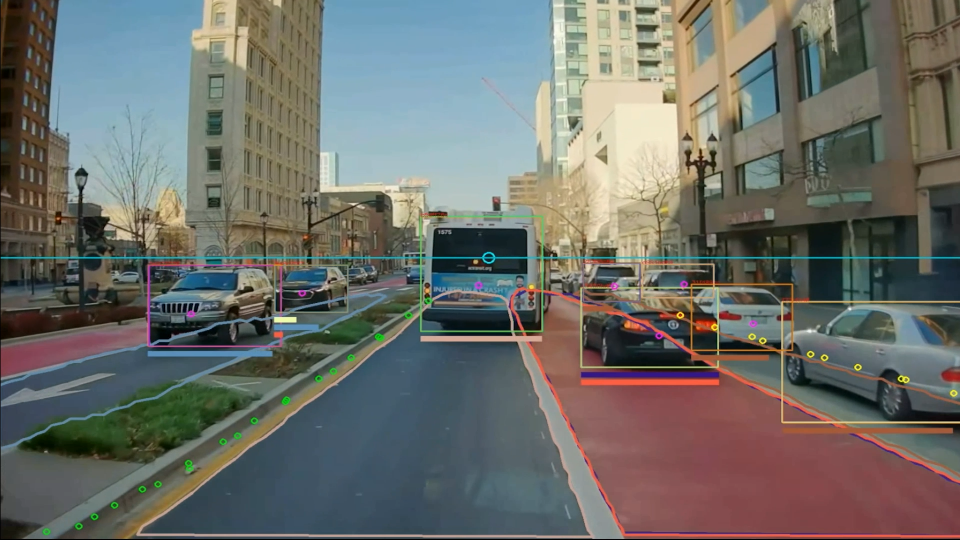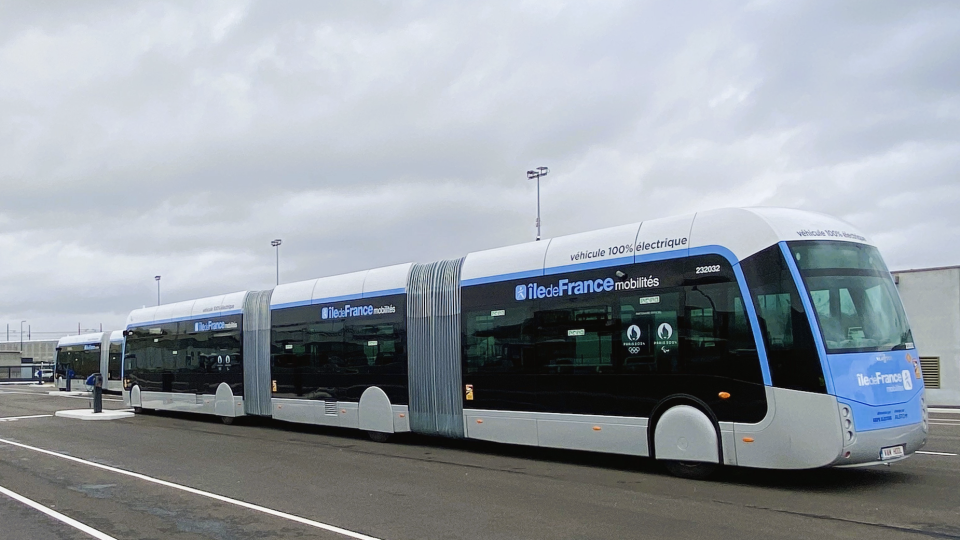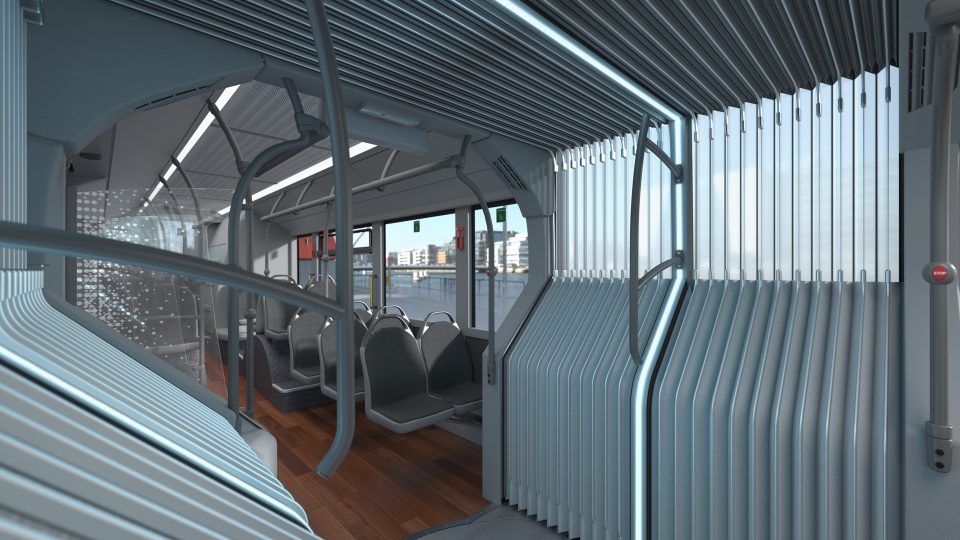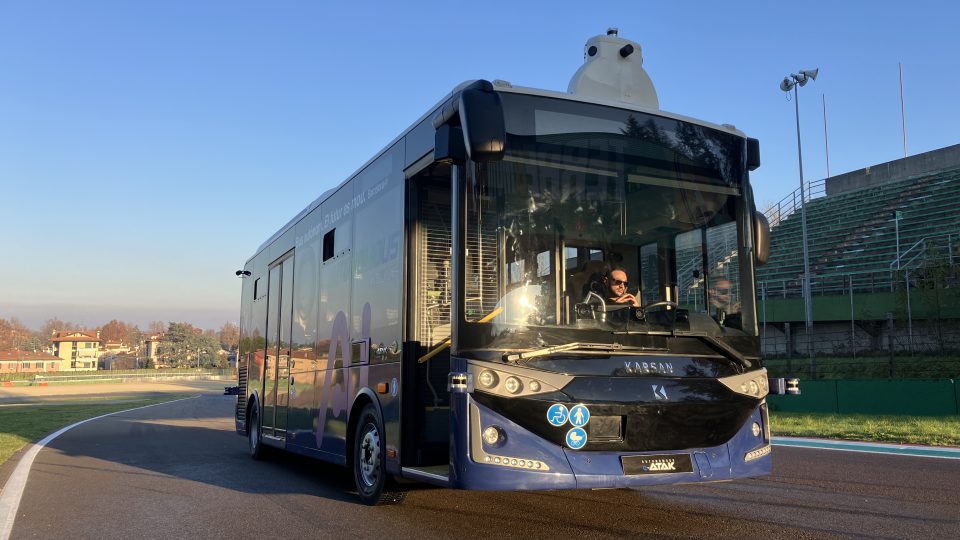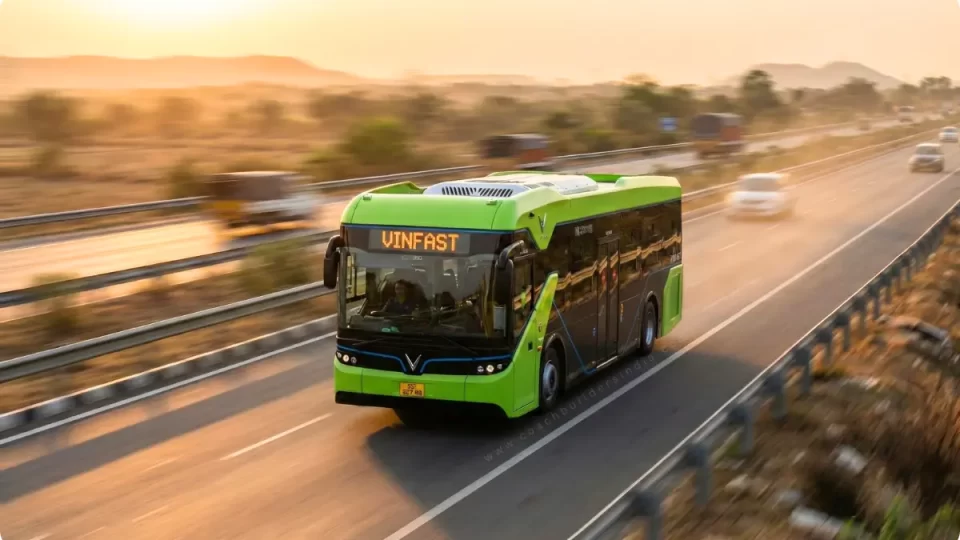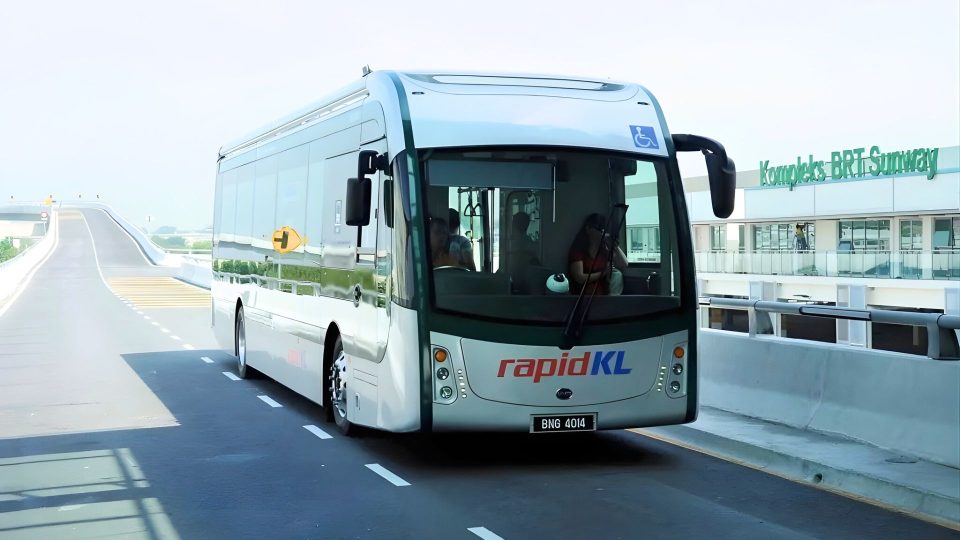Uber Route Share launched: a new commute option that looks a lot like transit
“Pickups every 20 minutes along busy corridors during weekday commute hours.” That’s how Uber describes Route Share, its new ride option aimed squarely at commuters—and the description could just as easily come from a city bus schedule. Route Share was just presented during the company’s own Go-Get 2025 event: it offers shared rides with up […]
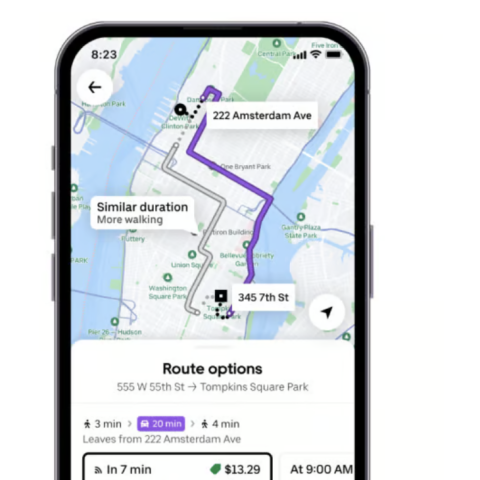
“Pickups every 20 minutes along busy corridors during weekday commute hours.” That’s how Uber describes Route Share, its new ride option aimed squarely at commuters—and the description could just as easily come from a city bus schedule.
Route Share was just presented during the company’s own Go-Get 2025 event: it offers shared rides with up to two co-riders along direct urban corridors during peak hours (6–10 a.m. and 4–8 p.m., Monday to Friday). With pickups every 20 minutes and fares up to 50% lower than UberX, it’s designed as a predictable, affordable alternative to both solo rides and traditional transit.
Uber Route Share begins in the USA
The service is launching in New York City, San Francisco, Chicago, Philadelphia, Dallas, Boston, and Baltimore, with expansion planned. Riders are directed to walk to common pickup points—typically street corners—and must arrive on time, as drivers only wait up to two minutes.
In Uber’s head of product Sachin Kansal’s words: “We ask the riders to walk a few blocks to a predetermined point at a predetermined time to participate in a predetermined route which they will share with a couple of other riders. We call that Route Share.”
While Uber promotes Route Share as a cheaper, more convenient commute option, the structure closely mirrors fixed-route transit: scheduled departures, defined corridors, shared seating, and limited stops. It’s a shift away from purely on-demand rides and toward transit-style frequency—just without the public oversight.
Uber says it is also exploring partnerships to integrate Route Share with commuter benefit programs, blurring further the lines between private mobility and public commuting solutions.
Forbes noted that “back in 2018, Uber CEO Dara Khosrowshahi said: “I want to run the bus systems for a city… I want you to be able to take an Uber and get into the subway… and get out and have an Uber waiting for you.” And with the US federal government pulling back on funding for public transport and publicly run services struggling to win back commuters post COVID, it’s easy to see why private companies are seeing an opportunity once again”. And adds: “That poses a challenge for public services, if it manages to draw bus riders off the existing public services onto a private network. Why? It means the lucrative routes will earn less in fares, making it harder to pay for less profitable routes or to pay to enable accessibility”.
Whether Route Share becomes a complement to transit systems or a competitor will depend on how cities and agencies respond.

